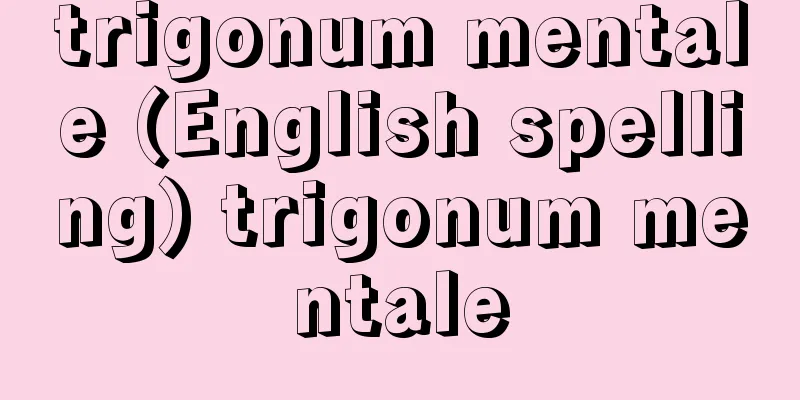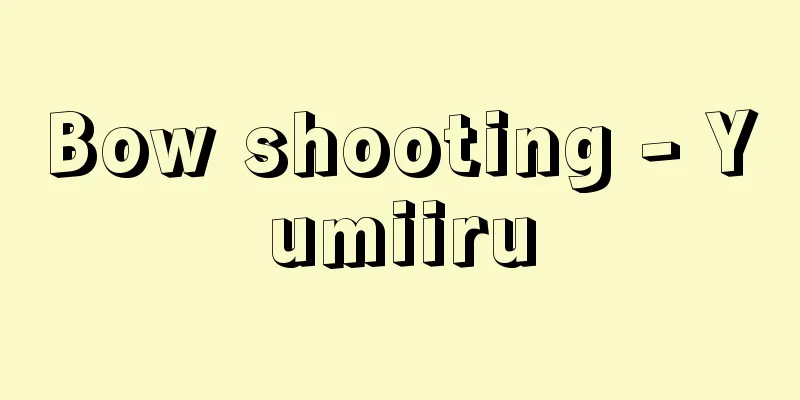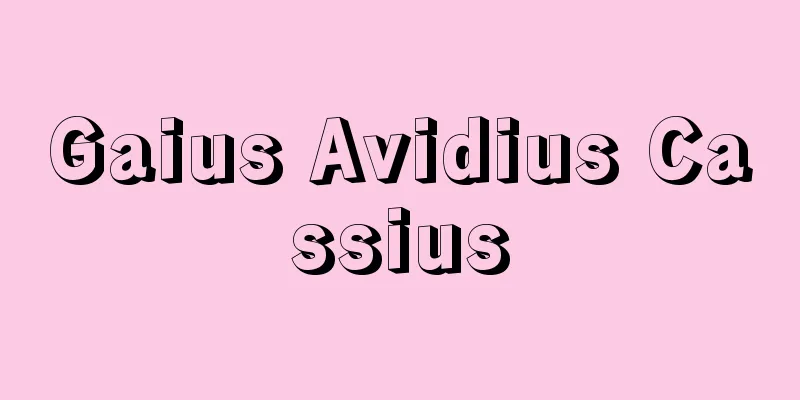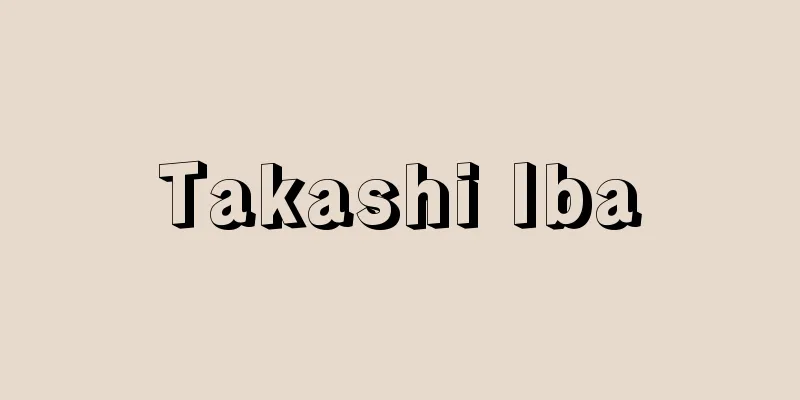Colloquial - Kogo

|
It is the opposite of literary language. It means language spoken orally, but in recent times, colloquial language is often referred to as spoken language (spoken language, spoken language) and literary language is often referred to as written language (written language, written language). This term has been used mainly since the Meiji period. In the past, it was called "vulgar language" in contrast to "elegant language" and was not necessarily valued, but since the Meiji period, interest has been generated and research has progressed. In particular, when Ueda Kazutoshi advocated the need for standard language from around 1894 (Meiji 27), there was a problem as to where to set the standard, given the differences in spoken language according to region, class, etc. that had existed until then. Many concrete examples of colloquial language were given in the First National Reader (1904) and the Second National Reader (1910), and its grammar was tentatively resolved in the National Language Research Committee's "Colloquial Language Law" (1916) and "Colloquial Language Supplement" (1917). It is said that the aim of the text was the language of educated people in Tokyo, but it also took into consideration the language that was common throughout the country. The standard still took into account the Kansai-style expressions, but after this, the Kanto-style expressions gradually came to dominate, and continue to do so to this day. The written form of colloquial speech is called "colloquial language," and this was formed along with the movement toward unification of spoken and written language. Although it is based on spoken language, there are differences compared to actual spoken language, and (1) playful words (such as "ei" and "sono") and (2) interjections (such as "ne" and "sa") are not usually used, and (3) sound fusions (such as "dewa" becoming "ja" and "shibare" becoming "surya") are often used in their original form. Inversions and twists in context are also shown in an organized manner, and "dearu" is used for designated expressions at the end of sentences, etc. In the original distinction between spoken and literary language, "colloquial language" is written language and therefore included in literary language, but it belongs to the grammatical system of colloquial language, which is different from so-called literary language. When people say "colloquial grammar," they are often referring to this, and sometimes the two-step conjugation of literary verbs is used as the one-step conjugation. [Tosaku Furuta] "Modern Japanese Language" by Kusakabe Jutaro (1913, Dai Nippon Tosho)" ▽ "Colloquialism and Colloquialism Supplement" edited by the National Language Research Committee (1916, 17, National Textbook Joint Sales Office)" ▽ "Historical Study of the Emergence of Modern Style" by Yamamoto Masahide (1965, Iwanami Shoten) Source: Shogakukan Encyclopedia Nipponica About Encyclopedia Nipponica Information | Legend |
|
文語に対するもの。口で話すことばの意であるが、最近は口語を話しことば(音声言語・口頭語)、文語を書きことば(書記言語・文章語)という場合が多い。この語は、明治以後、おもに用いられるようになった。古くは「雅語」に対して「俗語」といわれ、かならずしも重んじられなかったが、明治以後関心がもたれ、研究も進められてきた。とくに話しことばにおいては、標準語の必要が1894年(明治27)ごろから上田万年(かずとし)によって主張されたとき、それまでの地域・階層等による話しことばの違いから、どこに基準を置くかが問題であった。その口語文の具体的な例文としては、第一次国定読本(1904)、第二次国定読本(1910)に多く示され、その文法も、国語調査委員会『口語法』(1916)、『口語法別記』(1917)で、いちおうの解決がなされた。そこでは、だいたい東京の教育ある人々のことばを目当てとし、かつ全国に共通するものを考えに入れたという。それは、まだ関西的な言い方を考慮した基準であったが、この後、一般には関東的な言い方のほうが徐々に優位を占めるようになり、現在に至る。なお、口語を文章に書き表したものを「口語文」といい、これは言文一致の動きとともに形成されてきた。話しことばに基づいているものではあるが、実際の話しことばと比べると違いがあり、普通、(1)遊びことば(「エー」「ソノー」など)、(2)間投助詞(「……ネ」「……サ」など)等は用いないほか、(3)音の融合(「では」が「ジャ」、「すれば」が「スリャ」となるなど)等も、もとの形で用いることが多い。倒置、文脈のねじれなども整理した形で示し、文末の指定表現にも「である」を用いたりなどする。「口語文」は、本来の口語・文語という区別からすれば、書きことばであるから文語に含められるものであるが、いわゆる文語とは異なった口語のほうの文法体系に属するものとなる。「口語文法」というときは多くそれをさし、文語動詞の二段活用は一段活用に用いるなどのことがある。 [古田東朔] 『日下部重太郎著『現代の国語』(1913・大日本図書)』▽『国語調査委員会編『口語法』『口語法別記』(1916、17・国定教科書共同販売所)』▽『山本正秀著『近代文体発生の史的研究』(1965・岩波書店)』 出典 小学館 日本大百科全書(ニッポニカ)日本大百科全書(ニッポニカ)について 情報 | 凡例 |
<<: Gouko (English spelling) he-gu; ho-ku
Recommend
Marcabrun
… The troubadours may be divided into the followi...
Onarigami - Onarigami
A religious concept in the Ryukyu Islands. The bel...
Medōn (English spelling)
…The inhabitants of the collapsed kingdoms migrat...
Present - Genzaimono
A classification term for Noh plays. Unlike Mugen ...
Matua Island (English spelling)
An elliptical volcanic island in the central Kuril...
Law Concerning Corneal and Kidney Transplants - Law Concerning Corneal and Kidney Transplants
...The crucial issue of whether or not those who ...
Condensation
A type of organic chemical reaction. A reaction i...
Okabasho - Okabasho
A common name for private brothels in Edo. To the...
Overflow urinary incontinence
bladder Bladder A condition in which a large amou...
Marfan's syndrome
What is the disease? Marfan syndrome is a heredit...
Ambystoma mexicanum (English spelling) Ambystoma mexicanum
…The larvae of the Mexican salamander Ambystoma m...
Farmer's income - Hyakusho Kasegiyama
In the early modern period, small farmers were all...
Sympathizer - Sympathizer
Abbreviation of sympathizer. It appeared in the e...
Biochemical oxygen demand - Biochemical oxygen demand
The amount of dissolved oxygen consumed by micros...
machine à habiter (English spelling) machineahabiter
...In 1922, he published "Five Principles of...









